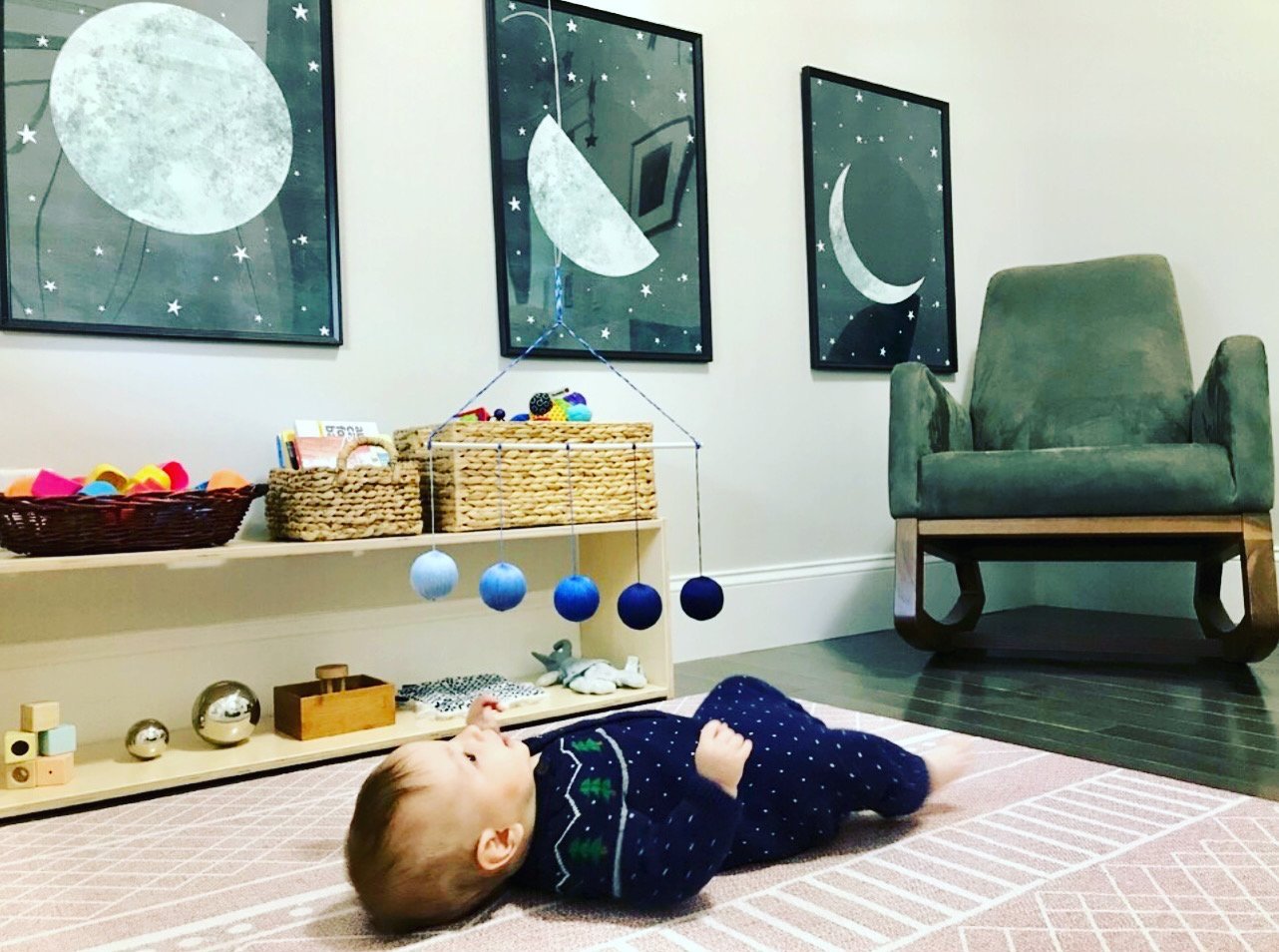Creating “Yes” Spaces for Young Children
Creating ‘Yes’ Spaces for Young Children at Home
When setting up spaces for young children, let’s not think of all the stuff we need to fill these spaces with. Instead, let’s think of all the access they have presently and how we can turn these spaces from “no, not that” to, “yes!” Take a look at how I guide families to Creating ‘YES’ Spaces for Young Children at Home.
What is a ‘YES’ space?
Children thrive in environments specifically designed for them, a prepared environment. A ‘yes’ space is this environment; created with tools for independence that remove obstacles to natural development, is accessible and manageable, and is filled with purpose that drives activity. In essence, a space where the adult does less, the child does more, and the word ‘no’ is seldom needed.
Why a ‘YES’ space?
Young children thrive best in spaces that meet their needs of order, exploration, and participation. Having an environment designed to meet the natural developmental needs of children helps in building confidence through active engagement, which leads to independence, which results in happy humans that feel valued and seen. An essential part of a young child’s life is gaining autonomy. Providing opportunities for the child to develop independence is a direct aid to their natural growth as they work to become members of a community, at home. Having a space to do so, and adults to help in the process, gifts the child steps forward in this process and gifts the adults the power to prevent tantrums as they do, which are in essence reactions to barriers in their natural development.
How Do I Create a ‘YES’ space?
You can create ‘yes’ spaces by giving your child access, which leads to success. These access points can start small and grow to larger efforts. For example, small changes can include adding low hooks to hang items, providing a stool to reach light switches or sinks, and designating a low drawer in the kitchen with healthy, self-serve snacks. Larger changes could include designing your home to specifically include areas that encourage independence throughout with child-sized furniture and developmental aids in the living area, kitchen, entryway, bedroom, bathroom, etc.
When Should I Create a ‘YES’ space?
Getting started is all up to you, but the earlier these spaces exist for your child, the more progress will be made in the gain of independence. The best strategy for success is to commit to the idea, make a plan, have realistic expectations, and make it a reality. Plan to have changes occur around natural transitions like the new year, during summer and before starting school, before adding a ‘big’ bed, and before starting the toileting process.
Think of the many ways your child will enjoy feeling more ‘yes’ from this space and hearing less ‘no’ from you. Then, get it done! And, remember, having a helping hand is always a good call.
Get started creating these spaces with me, your personal and professional guide to Montessori connection for you and your home. Schedule your free consultation by visiting the website at www.starpathmontessori.com, or calling 781-492-9209.


